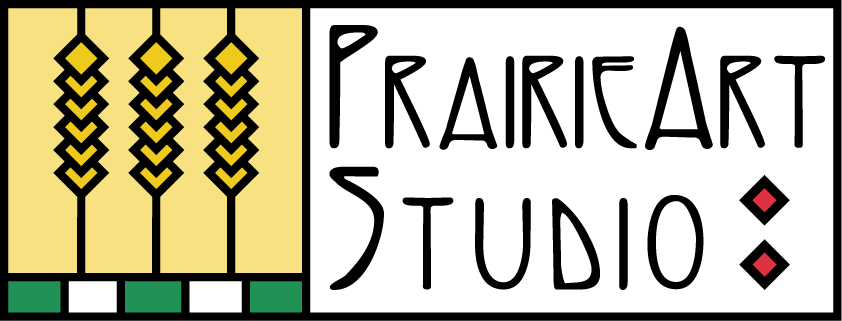I’ve been going round and round with what to say, what to write to give some perspective or inspiration during this global Pandemic. Getting perspective, finding the right words or knowing what to do with our new schedule of time is so difficult especially while pandemic news and restrictions lead to changing emotions, lack of energy or too much energy or boredom. How can we even be creative or find joy in this difficult time? Is Art irrelevant or even indulgent now? I have so many questions and am realizing that putting more pressure on myself is not helpful. There isn’t just one right answer or one route to take when dealing with our new lifestyles. I know from experience the answers lie more in the journey and not the outcome.
Four weeks ago, I had grand plans for all my extra time. I didn’t plan though, on how fear, confusion, uncertainty and self-doubt would affect them. A few weeks in, having done a bit of all those things on my list, I was also doing a lot of worrying, struggling with feelings, procrastinating, and then being frustrated and feeling guilty. I was beating myself up for not getting nearly enough done. These circumstances have also made me feel more vulnerable and insecure which has been depleting my creativity. Working with this has been hard but acknowledging the pain has been helpful. I realize that most people are struggling in many ways and are only doing what they can, so I’m trying to put aside expectations. I’m celebrating little accomplishments, allowing myself to enjoy small things. I’m finding working in a sketchbook and experimenting with new things more doable than a big project.
I think one role of an artist is to be a witness to something, and then express it in their own unique way that can resonate, validate, touch or inspire others. For most people, being creative and at play is stress relieving and beneficial. It can also be a way to express and work out feelings and emotions that we cannot express verbally. This is a time to be gentle with ourselves in processing all this massive change. Sometimes my thoughts and fears can stifle me. When that happens, I remind myself what I tell my students often. Many great artists have struggled with failure. Making mistakes in art and life is a part of the process of growing and learning.




